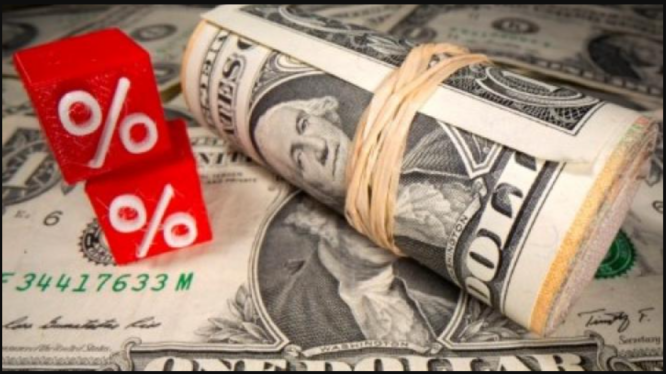
On Monday, the dollar fell, but it received some safe haven support amid concerns that major central banks’ prolonged monetary tightening cycles might weaken the global economy. Investors were also on edge after the attempted revolt in Russia over the weekend, although the currency market was calm.
Asia trading saw the euro rise 0.05% to $1.0901 from previous week. On Friday, euro zone business growth nearly stopped in June amid a worsening industrial crisis and a lackluster development of the bloc’s major services economy, sending the single currency to a one-week low.
Sterling recovered 0.11% to $1.2730, erasing part of last week’s 0.8% drop after the Bank of England’s outsized 50-basis-point rate rise sparked recession worries. Friday’s flash PMI statistics indicated Britain’s economy slowed this month but inflation pressures remained high.
In June, U.S. business activity dipped to a three-month low and manufacturing contracted, although economic growth increased in the second quarter. “Again, (there was) another set of weak PMI data coming out of Europe,” CBA currency strategist Carol Kong said. Despite aggressive interest rate rises, UK and US PMI numbers remain robust.

Not rule out proper responses to excessive currency fluctuations.
“The aggressive monetary tightening in the major economies… will likely continue to see the global economy deteriorate, which will underpin the safe haven U.S. dollar.” The U.S. dollar stabilized at 102.74 against a basket of currencies following a 0.5% rise last week, its first in over a month.
The Japanese yen climbed more than 0.2% to 143.39 per dollar, close to Friday’s almost seven-month low of 143.87. A BOJ policymaker advocated for
early revision to its yield curve control, a summary of thoughts at the June meeting indicated on Monday. The country’s top currency ambassador, Masato Kanda, stated the same day that authorities would
The BOJ’s ultra-dovish approach and hawkish central banks worldwide have put pressure on the yen in recent weeks. Risks abound
After highly armed Russian mercenaries departed from Rostov on Sunday, traders keenly monitored events in Russia. On Monday morning, the Russian rouble fell to a near 15-month low versus the dollar.
After falling nearly 3% last week, the risk-sensitive Australian dollar increased 0.04% to $0.6682, while the kiwi jumped 0.37% to $0.6167. “The armed uprising in Russia… despite being aborted, lay bare risks of Russian instability from within,” said Vishnu Varathan, head of economics and strategy at Mizuho Bank. “Risk assets may perform poorly, especially if geopolitical risks return.”
China returned from a holiday on Monday, leaving markets expecting further help from Beijing to boost the country’s economic recovery. Following its offshore counterpart, the onshore yuan plummeted more than 0.5% to 7.2199 per dollar, a seven-month low.
Offshore yuan fell 0.1% to 7.2214 per dollar.
